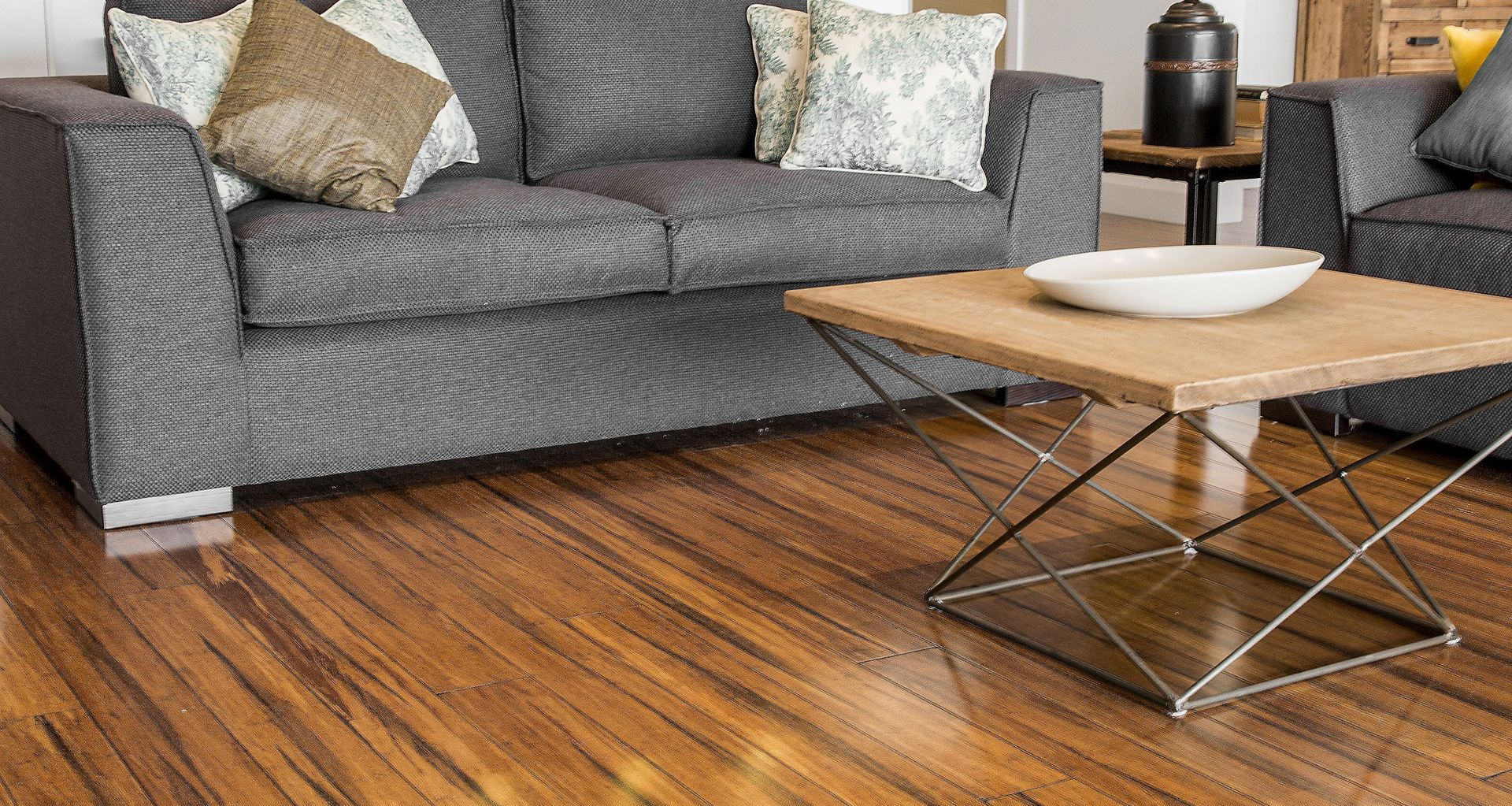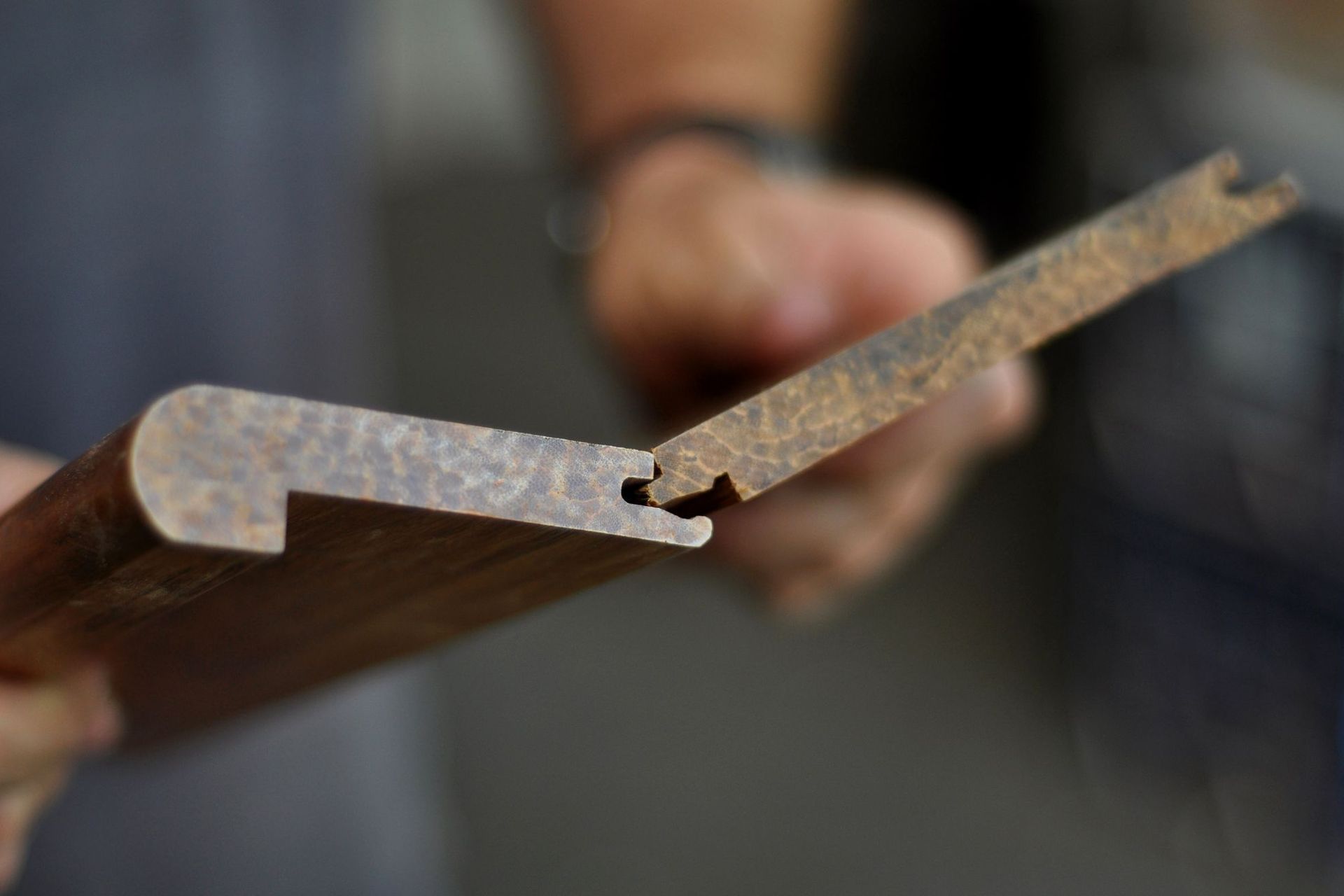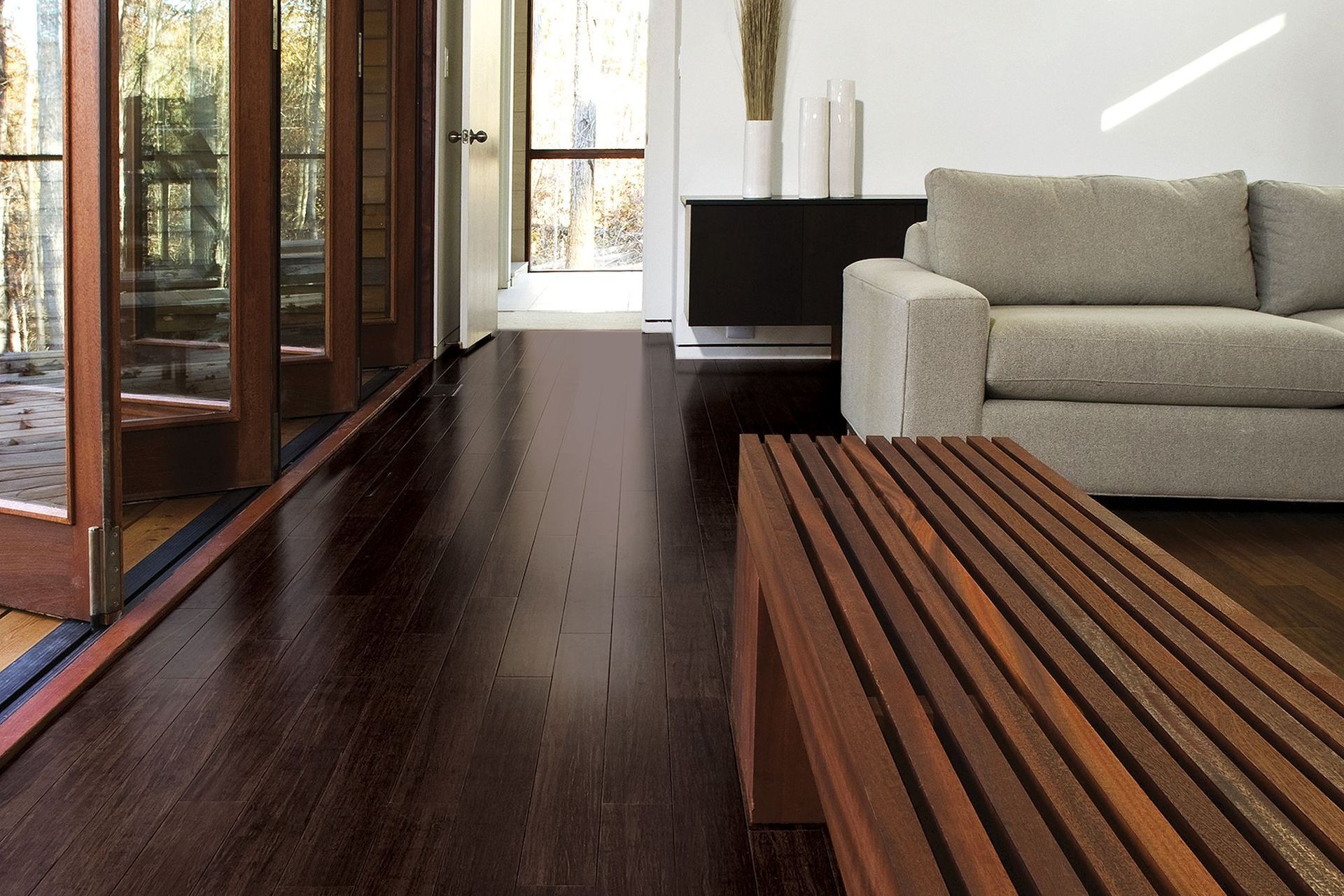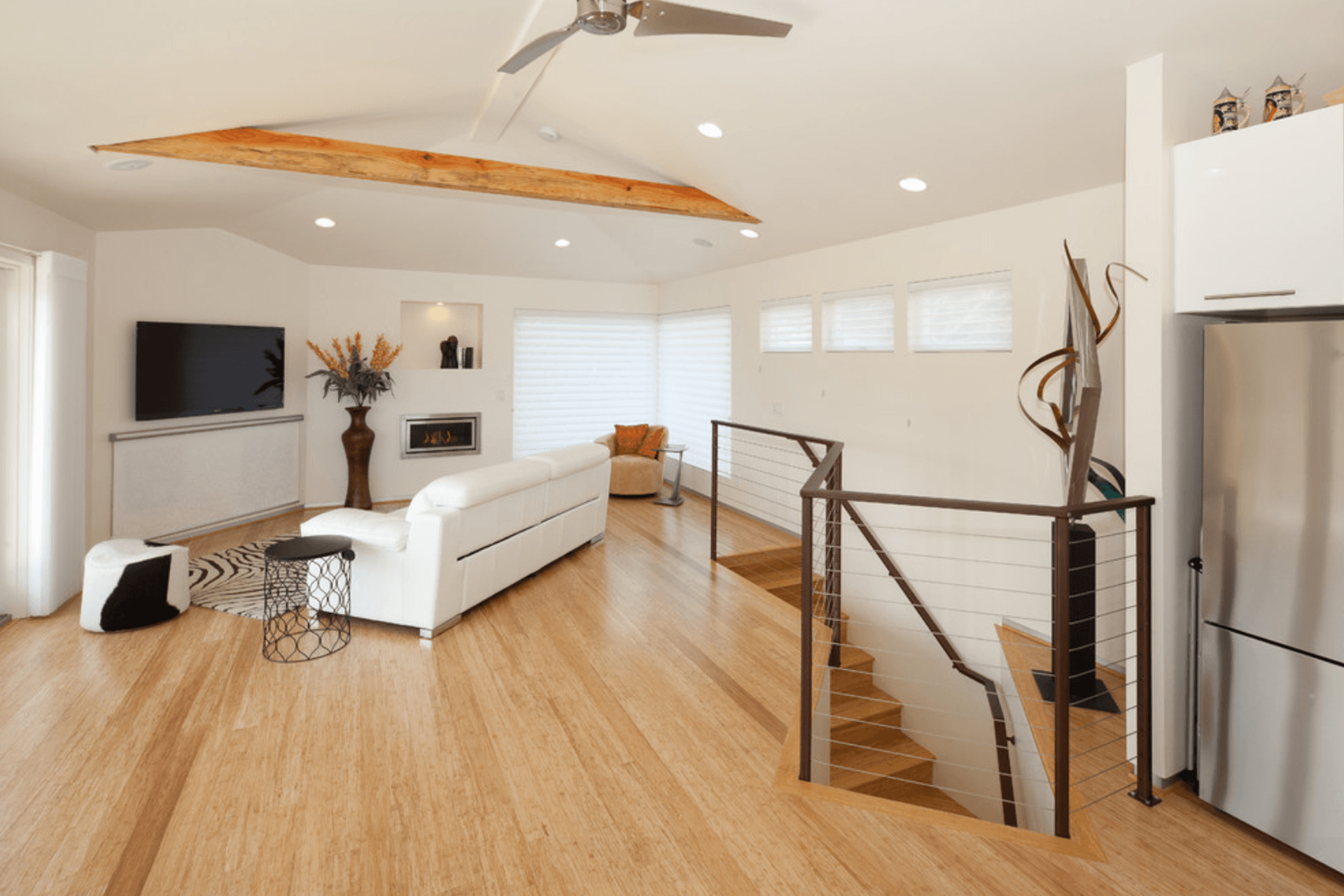The allure of bamboo flooring
Written by
10 September 2019
•
3 min read

Bamboo requires no fertilisers or pesticides and is arguably one of the most sustainable natural building materials available today. We spoke to Parks Flooring about harnessing the power of this fast-growing grass in compressed bamboo flooring.
Bamboo is one of the most widely grown crops in the world. Easy to grow, it is self-regenerating and requires no toxic fertilisers or pesticides to thrive in tropical and temperate environments. There are over 1,000 species of bamboo, none of which need irrigation. Growing rapidly, bamboo will regenerate from its roots and mature completely within three to five years depending on climatic conditions.
According to UNESCO, 70 hectares of harvested bamboo produces enough raw material to build 1,000 houses - using significantly less land than timber equivalents. Over one billion people today live in houses made of bamboo. Despite this, the use of bamboo in the New Zealand construction market is still in its infancy.
In terms of flooring in particular, it is a material with significant potential on our shores due to its durability, strength and cost effectiveness. “Elegantly beautiful, bamboo is a very versatile product when it comes to flooring,” Parks Flooring’s David Hong says. “Harder than timbers such as red oak, maple and beech, bamboo has a strength that rivals steel and weight-to-strength ratio surpassing graphite,” he says.
Compressed bamboo flooring is a specifically manufactured product designed for use in both residential and commercial settings - suitable for the latter because of its inherent strength and durability.
“Compressed bamboo flooring is completely natural, non-allergenic and has very high stability meaning it won’t cup or warp as temperatures fluctuate,” David says. “Its high density means it is suitable for high heels, heavy furniture and high traffic areas.”
At the end of its life, compressed bamboo flooring can be recycled or returned to the earth via composting.
Park Flooring’s compressed bamboo flooring is suitable for DIY installers, and can be installed over a range of substrates. It is also compatible with underfloor heating.
Available in four colours, each with a low gloss, easy-to-maintain finish, bamboo flooring offers a cost effective, viable alternative to engineered timber or solid timber flooring.
For modern tones, vanilla is often the preferred colour choice. “This uses the natural bamboo as a base with a white wash finish resulting in a light, airy floor,” David says. “The natural colour option has a light, natural timber finish, while French bleed offers a darker due- tone combining rich, golden hues and a warm, beautiful brown colour with an antique-style finish.”
Find out more about compressed bamboo flooring by visiting Parks Flooring on ArchiPro here.


